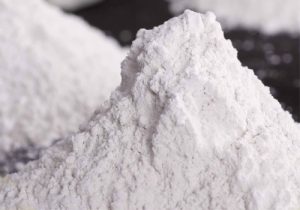
CP-992 Organophilic clay
CP-992 Organophilic Clay, the wet process improved viscosifier and gelling agent . It is a rapidly dispersing.
Thixotropic Agents in Paints : In paint coatings, we need to achieve thixotropic performance in the entire production formula.
One performance plays a crucial role in achieving complete performance of the paint coating. Therefore, we will choose a mutation additive modified with bentonite, which will help you achieve the pursuit of mutation performance.
It is also a high-quality rheological additive and thickener, and has good anti settling performance in paint and grease.
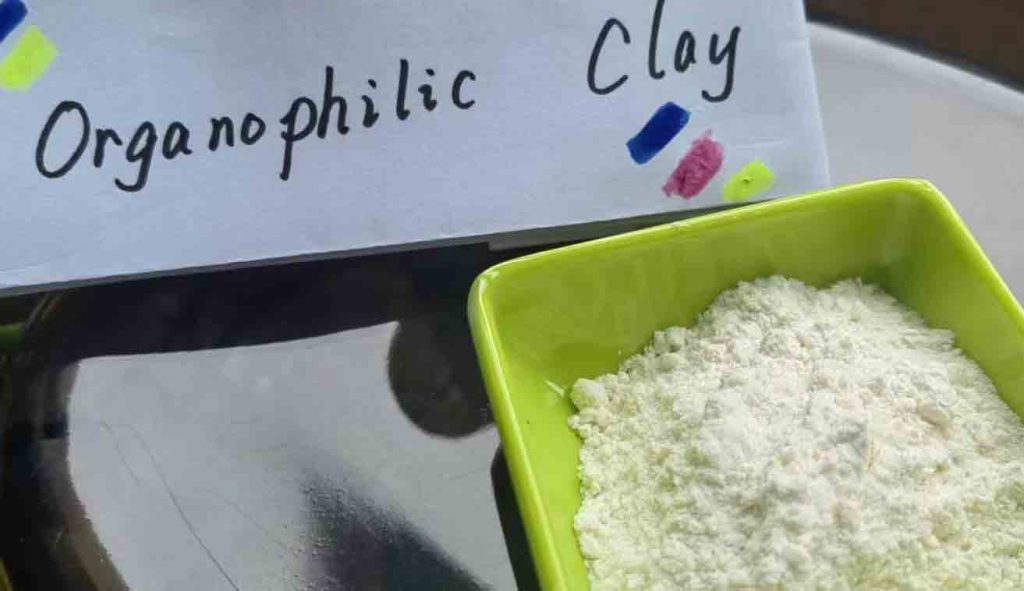

CP-992 Organophilic Clay, the wet process improved viscosifier and gelling agent . It is a rapidly dispersing.

CP-982 Organophilic Clay is an amine treated bentonite with a moderate temperature performance.

CP-150 Organophilic Clay is a self-activating organoclay that disperses easily and performs well in diesel, low aromatic mineral oil, modified vegetable oil, and synthetic base fluid formulations.

Thixotropic Agents in Paints: As a basic manufacturer, Camp Shinning, which has obtained the ISO 9001 certification, mainly produces organoclay thixotropic agents in Paints, which can be applied to four major industrial fields, such as oilfield drilling, whether there is a lubricating,oilfield, inks, etc. In each diff

CP-10 organoclay is a rheological additive made of organoclay. It is used in non-polar to moderately polar aliphatic and other solvent systems

CP-MPZ organoclays is an modified bentonite that is used in solvent and resin systems ranging from non-polar to highly polar.

The CP-MPS rheology modifier is a type of organo clay rheological additive that is used in solvent and resin systems ranging from non-polar to high polarity.


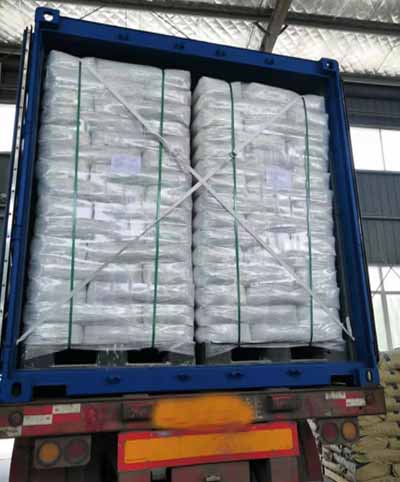
Organoclay Supplier / Manufacturer :
Internet address: https://www.rheologymodifiers.com/
Email address: [email protected]
Whatsapp / Wechat: +86-13185071071
Organophilic Clay Supplier / Manufacturer :

CP-EW Organoclay for Water Based paint. It is primarily employed in water borne paint systems,such as latex paint. So it is a good water based additive in paints,coatings,grease etc.

CP-EWS Modified bentonite It is employed in a water-borne coatings system. CP-EWS organoclay outperforms CP-EW in terms of thixotropy, transparence, and dispersion.

CP-WBS Rheology Modifier is rheological modified bentonite. It is mostly employed in water-borne systems.
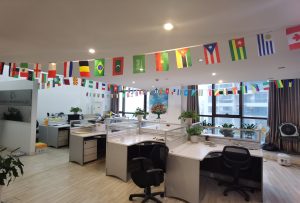

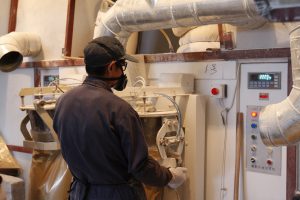


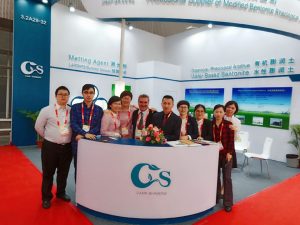
The Organoclay bentonite | Organophilic clay -specialized Zhejiang Camp-Shinning New Material CO.,LTD. and Hangzhou Camp-Shinning CO.,LTD. are subsidiaries of Camp-Shinning.
Camp-shinning concentrated on high value-added, high-technology organo bentonite series products, particularly in research, development, manufacturing, and sales of organic (solvent based organoclay) and inorganic bentonite (water based organoclay).
Our Organophilic bentonite clay finds widespread application in oil drilling mud, paint, coating, lubricating grease, adhesive, construction mortar, cosmetics, and waste water treatment, among other applications. A group of world-class professional users and distributors, such as SUN CHEMICAL,,SIEGWERK,LEHMANN &VOsS, and others, have acknowledged our dependable quality.
Current annual production of organic bentonite clay | organoclay is 20,000 metric tons, while refined bentonite production is 15,000 metric tons.
Our ISO 9001 quality system certification and IS014001 environmental management system certification, as well as our own mine with superior ore quality and production of proprietary technology, ensure the long-term quality and supply stability of our Organoclay bentonite | Organophilic clay.
Our mission is to provide users with superior Organoclay bentonite | Organophilic clay and services and to collaborate with them to achieve success and glory.
Internet address: https://www.rheologymodifiers.com/ and email address: [email protected]
Whatsapp / Wechat: +86-13185071071
Organoclay | Organophilic Clay CP-2 also named amine treated Bentonite.
In diesel oil based fluids,organophilic clay viscosifier CP-2 are used to increase carrying capacity and suspension properties, providing support for weight materials and improved cutting removal. Organophilic bentonite also aids in filter-cake formation and filtration control.
Properties
Composition Organically modified bentonite clay
Physical appearance Off white to tan free-flowing powder
Moisture content (105℃,2hr) ≤4%
Particle size (<76μm or 200mesh) ≥95%
Specific Gravity 1.6-1.8
Advantages
Effective viscosifier and gellant
Aids control of fluid loss to the formation
Increases emulsion stability
Improves cuttings carrying and hole cleaning capacity
Suspends weighting materials and other solids
Confers temperature stability to the fluid
Application
Base oil:
Diesel Oils
Crude Oils
Mineral Oils
Synthetic Oil
Viscosifying drilling Fluids:
Oil based drilling fluids
Invert emulsion fluids
Workover fluids
Completion fluids
Casing packs
Packer fluids
Spotting fluids
Package
Organoclay | Organophilic Clay CP-2 is packed in 50lb(22.7kg) or 25kg/bag or customized,multi-wall paper sacks or Kraft paper bag with PE liner or customized.
Storage
CP-2 Store in a dry, well-ventilated area with temperature of 0℃-30℃. Keep container closed. The quality guarantee period is 24 months.
Notice
The information on use is based on data which are believed reliable, but any recommendation or suggestion made is without guarantee or warranty, since the conditions of use are outside our control. All products are sold on the conditions that purchasers shall make their own tests to determine the suitability of such products for their purpose and that all risks are assumed by user. We disclaim any responsibility for damages resulting from careless or improper handling or use. Nothing herein is to be taken as permission, inducement or recommendation to practice any patented invention without a license.
Internet address: https://www.rheologicaladditive.com/ and email address: [email protected]
Whatsapp / Wechat: +86-13185071071
Thixotropic Agents in Paints
The removal of unwelcome particles from paint and varnish is one of the many uses for organoclay thixotropic compounds in paints.
Thixotropic Agents in Paints
Smectite clay and quaternary ammonium compounds react to form the family of materials known as organoclay materials. They are used to alter the thixotropic characteristics of paint compositions. These materials, however, have a variety of drawbacks. For instance, some of them are poorly dispersible and would work better with paints made with aliphatic solvents.
There are numerous ways to integrate organoclay into paints. In one technique, the organoclay substance is added to a paint composition to boost its thixotropy. It is combined with a nonionic polymer, like a hydrocarbon or quaternary amine, in a second process. Following that, the mixture goes through a number of procedures, including fluid bed drying, sifting, and ion exchange.
The rheological qualities of paint systems are improved with ORGANOCLAY, which stops the pigment from settling and sagging on vertical surfaces. This makes it possible for paint systems to minimize brush strokes and achieve good leveling. Additionally, it makes ensuring that paints are stable at high temperatures and aids in regulating ink consistency. Without affecting adhesion or solvent releasability, it also provides outstanding water resistance and structural strengthening.
Thixotropic Agents in Paints
The type of organic modifier utilized affects the layered silicates’ rheological characteristics. For instance, the interlayer space will be higher if the organic modifier is bulkier.
Water-based paints can benefit from improved dispersibility thanks to modified organoclay ingredients. They can be utilized in lacquers that are aliphatic, aromatic, polar, and made of nitrocellulose. Aqueous bentonite clay and an aqueous quaternary compound are common ingredients in compositions. These substances range from 90 to 180 multi-equivalents per 100g (dry weight).
A reaction between a smectite-type clay and a quaternary ammonium compound is used to create organoclay.
Oil-based paints can be thickened with organoclay. About 40–50 wt% of organoclay is made up of organic material. Organoclays are versatile materials that include quaternary ammonium ions.
Organoclay’s impact on paint-removing compositions
Chemical substances known as organoclay thixotropic agents enhance the thixotropic qualities of paints. They are frequently employed in the production of acrylic and latex paints. The dispersion time of paints can be sped up by adding these chemicals. For instance, the dispersion time might be shortened to five minutes if the fraction of organoclay is three percent.
Thixotropic Agents in Paints
Because it is soluble in polar solvents, organoclay can also be utilized in paints and coatings. It can be used in paints and coatings and stops the precipitation of inorganic fillers. Organoclay is frequently used in grease lubricants and oil drilling fluids.
Asphalt in particular, which is a viscous system, can benefit from the rheological properties of organoclay. It is helpful in the production of items that resemble pitch because of its capacity to thicken extremely viscous materials. Organoclay’s chemical makeup makes it possible to utilize it as a thixotropic agent without full or partial drying.
Using organoclay can also enhance the rheological characteristics of paint. It can stop the pigment from settling and sagging on vertical surfaces. Additionally, it assures leveling and lessens the possibility of brush traces. Additionally, it provides stability even in hot conditions. Additionally, paint stability in storage can be improved by using organoclay. It also offers water resistance and structural reinforcement. Low amounts of it can be added to paints and have no negative effects on adhesion or solvent release.
They work well as coating thinners and effective thixotropic agents. Organoclay has thixotropic qualities in addition to being helpful for controlling liquid separation, sag resistance, and suspension of pigment particles.
Additionally, an invention’s liquid antisettling composition gives aqueous formulations suspending capabilities. It is simple to work with and simple to include into aqueous mixtures. In comparison to commercially available items, it may therefore be used at lower loadings. Additionally, it can be added to the coating composition at any point throughout the manufacturing process, which shortens the processing time.
Rheological features of the solvent extenders employed in organoclay paint formulations increase viscosity and prevent pigment from settling. They are able to be added at any point throughout the creation of paint, including as a post-additive on the painter’s palette. These substances will make the paint more viscous while preventing pigments from sinking to the pan’s bottom.
Compositions of solvent extenders in organoclay paint typically contain up to 45% by weight of a polar solvent. Although other polar solvents may also be employed, combinations of ethanol and water are typically favored. The compositions can be applied in a variety of ways as long as the solvent is friendly to the organoclay.
Thixotropic Agents in Paints
The compositions might also contain a complete package of universal surfactants. The majority of paint pigments and associated thickeners are compatible with these all-purpose surfactants. In addition, the paints may maintain an adequate viscosity after the addition of a colorant composition.
Organoclay Supplier / Manufacturer :
Internet address: https://www.rheologymodifiers.com/
Email address: [email protected]
Whatsapp / Wechat: +86-13185071071
Organophilic Clay Supplier / Manufacturer :

CP-180 organoclay is an organo clay rheological additive (modified montmorillonite) designed specifically for use in solvent-based systems

CP-34 organoclay is a modified bentonite that has been specifically designed for use in solvent-based systems.

CP-EDS modified bentonite is a kind of organo clay rheological additive. It is used in systems of medium polarity and high polarity system.
Thixotropic Agents in Paints